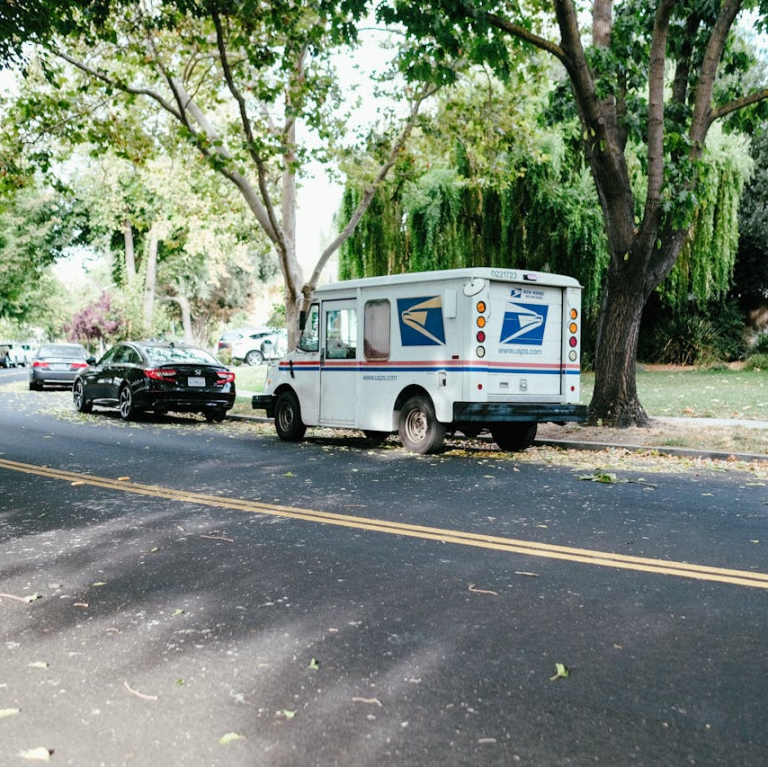Key Takeaways
-
Even though Medicare Part A is premium-free for most enrollees, it does not provide unlimited hospital coverage—costs can rise steeply after a few days in the hospital.
-
Postal Service Health Benefits (PSHB) plans can work alongside Medicare Part A to lower your out-of-pocket expenses, but understanding how coverage layers together is crucial.
What Medicare Part A Covers—And Where the Limits Begin
Medicare Part A is often referred to as hospital insurance. It covers inpatient hospital care, skilled nursing facility stays, hospice care, and some limited home healthcare services. For most people who paid into Medicare during their working years, there’s no monthly premium for Part A.
However, “premium-free” does not mean “cost-free.”
While the initial hospital stay may appear manageable, the longer you remain admitted, the more financial risk you take on. That’s where many people get caught off guard.
In 2025, Medicare Part A comes with these cost-sharing features:
-
Inpatient hospital deductible: $1,676 per benefit period.
-
Daily coinsurance for hospital stays:
-
Days 1–60: $0 (after the deductible is met)
-
Days 61–90: $419 per day
-
Days 91 and beyond: $838 per “lifetime reserve day”
-
-
Skilled Nursing Facility (SNF) care:
-
Days 1–20: $0
-
Days 21–100: $209.50 per day
-
This means that a hospital stay longer than 60 days can quickly escalate your personal financial responsibility. The same is true for extended time in a skilled nursing facility.
Understanding the “Benefit Period” Trap
Medicare Part A coverage operates on a benefit period model rather than a calendar-year model. A benefit period starts the day you are admitted to a hospital and ends when you have not received inpatient care for 60 consecutive days.
You could potentially experience multiple benefit periods in a single year, which means paying the $1,676 deductible each time.
For example: If you’re hospitalized in March and again in September (with 60+ days between stays), you’d be responsible for two separate deductibles.
This is a common blind spot for many retirees and PSHB annuitants who assume that a single deductible covers the year.
Where PSHB Comes In
The Postal Service Health Benefits (PSHB) program provides health coverage for postal employees and retirees. If you’re enrolled in a PSHB plan and also eligible for Medicare, the way these two forms of coverage interact can make a big difference in your overall costs.
PSHB plans often help cover:
-
The Part A hospital deductible
-
Coinsurance costs for long hospital stays
-
Charges from out-of-network or non-Medicare participating providers
However, this coverage isn’t automatic or identical in every PSHB plan. You need to review your specific plan brochure to see what secondary benefits are offered when you have Medicare.
Medicare as Primary, PSHB as Secondary
Once you are retired and eligible for Medicare, Medicare becomes your primary payer, and your PSHB plan becomes secondary. That means:
-
Medicare pays first
-
PSHB pays after Medicare (if applicable and covered)
This can be extremely helpful when it comes to those escalating inpatient costs that Medicare Part A leaves behind after day 60.
Potential Gaps
Despite this secondary coverage, there may still be:
-
Plan-specific deductibles that must be met
-
Limitations in out-of-network care
-
Restrictions if you don’t follow prior authorization or referral requirements
In other words, simply being enrolled in both doesn’t guarantee you’ll avoid every hospital-related bill. Understanding the fine print matters.
How Multi-Day Hospital Stays Multiply Your Costs
The first 60 days of inpatient hospital care seem manageable since Medicare covers everything after the deductible. But past this point, your out-of-pocket expenses can balloon.
Let’s break it down using 2025 figures:
-
Days 61-90: $419 per day x 30 days = $12,570
-
Days 91-95 (using 5 lifetime reserve days): $838 per day x 5 = $4,190
That’s $16,760 in coinsurance alone, not including the deductible or any physician or facility fees not fully covered by Medicare.
And once you’ve used your 60 lifetime reserve days, you’re responsible for all costs beyond day 90 for future hospital stays in a benefit period.
If your PSHB plan covers these extended costs, great. But if it only covers part of them, or if you didn’t coordinate your care within your PSHB plan’s provider network, the financial burden could be severe.
What Happens in Skilled Nursing Facilities
Many assume that skilled nursing facility care is automatically covered after a hospital stay. But Medicare Part A only covers:
-
Up to 100 days per benefit period
-
Only after a qualifying hospital stay of at least 3 days (not including discharge day)
Even when covered, the first 20 days are fully paid by Medicare. Starting on day 21, you owe $209.50 per day. By day 100, that totals nearly $16,760.
If your recovery takes longer or you transfer to a long-term care facility, Medicare stops paying entirely. You must then rely on your PSHB plan—and even then, long-term custodial care is not typically covered.
Managing Your Benefit Period Strategically
To avoid multiple deductibles or high coinsurance charges, it helps to:
-
Understand when a benefit period resets (after 60 days without inpatient care)
-
Try to consolidate care within one benefit period when possible
-
Work with a provider familiar with both Medicare and PSHB coordination
-
Ask your PSHB plan if it reimburses for or covers the Part A deductible and coinsurance
Having a trusted provider or care manager can make all the difference in how efficiently your benefits are used.
Timing Matters: How Medicare and PSHB Enrollment Align
Once you’re retired and age 65 or older, you are required to enroll in Medicare Part A to remain eligible for PSHB coverage. If you are also eligible for Medicare Part B, enrollment is generally required unless you fall under one of the limited exemption categories set by the Office of Personnel Management (OPM).
For 2025, OPM continues to mandate that:
-
If you retired on or after January 1, 2025, and are eligible for Medicare Part B, you must enroll in Part B to remain covered under PSHB.
-
If you retired before January 1, 2025, enrollment in Part B remains optional but may impact your out-of-pocket costs.
Because of these rules, coordinating PSHB and Medicare enrollment is more important than ever.
Comparing Costs: Medicare-Only vs. Medicare + PSHB
Let’s consider the differences between relying on Medicare Part A alone versus layering it with a PSHB plan.
Medicare Part A Only:
-
You’re responsible for the deductible ($1,676 per benefit period)
-
You pay coinsurance after day 60 ($419/day up to day 90)
-
Lifetime reserve days are limited
-
You pay 100% of costs after all reserve days are used
Medicare + PSHB Plan:
-
PSHB may cover the Part A deductible and coinsurance
-
Access to additional services like case management
-
Lower exposure to catastrophic bills from extended stays
-
Coordinated coverage for both hospital and follow-up care
That second option can offer substantial peace of mind—but only if you’re using both systems properly.
Staying Informed: The Role of the Plan Brochure
Each PSHB plan is different. To know what’s covered after Medicare pays its share, review your plan’s:
-
Summary of Benefits
-
Coordination of Benefits section
-
Out-of-pocket cost limits
-
Coverage for skilled nursing, rehab, or post-acute care
The information is available, but it requires a careful look. Don’t assume your plan mirrors another PSHB enrollee’s experience.
You can also call your plan directly or speak to a licensed agent listed on this website for clarification.
Hospital Bills Don’t Wait—So Don’t Delay Your Planning
Even though Medicare Part A can seem like it covers the bulk of inpatient costs, long hospital stays reveal just how limited it is. The Part A deductible resets with each benefit period, and daily coinsurance charges build up fast.
Your PSHB plan can help bridge the gap—but it won’t happen automatically. Coordinating your Medicare and PSHB coverage is essential for making sure you’re not surprised by a bill you assumed was covered.
Don’t wait for a hospital admission to find out how the pieces fit together. Call a licensed agent listed on this website to help you understand how your Medicare Part A benefits interact with your PSHB coverage.












